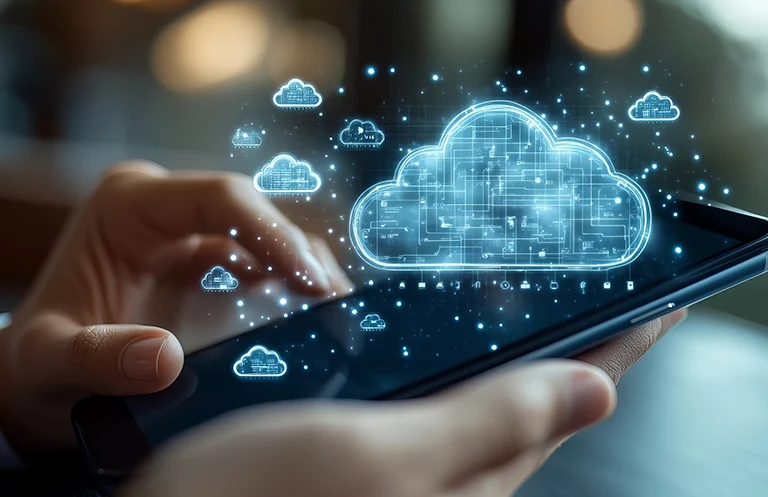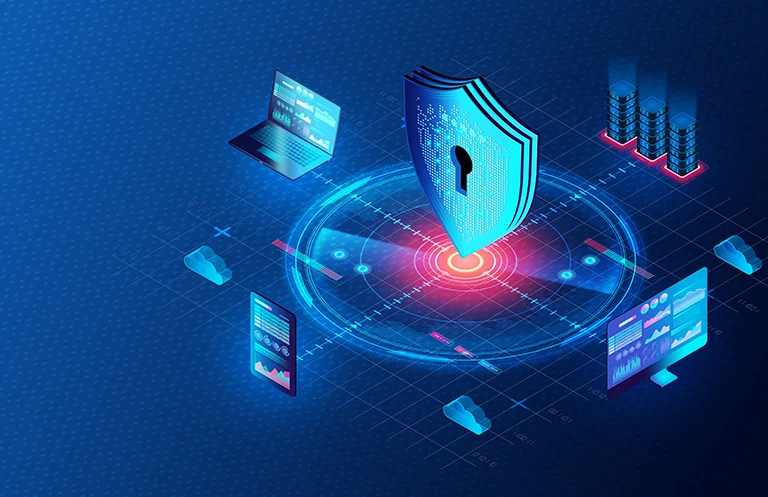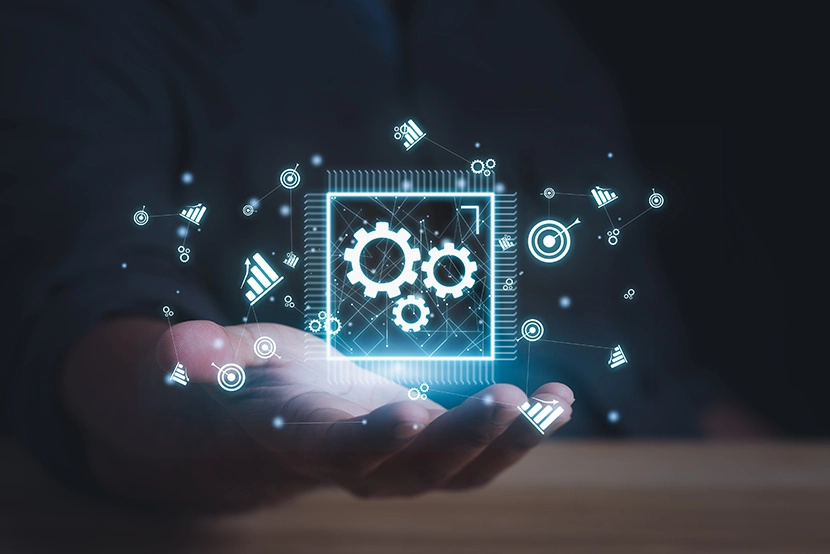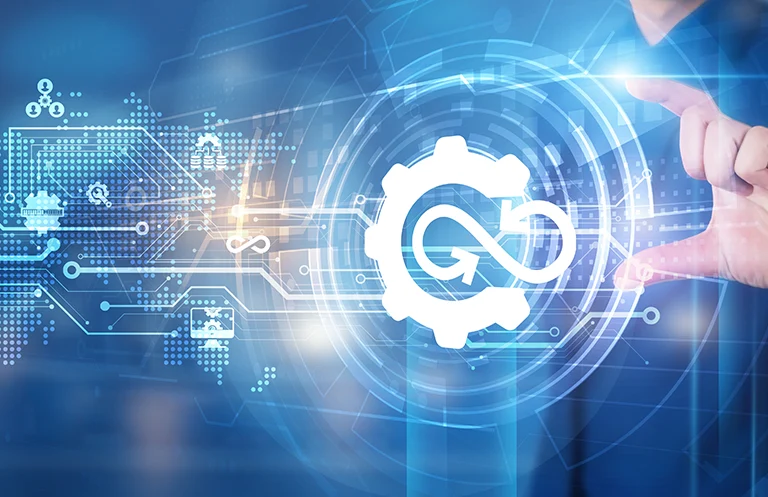In the aerospace industry, spending on maintenance and repairs continues to increase in spite of aircrafts being built to last longer, more durable engines, and innovations in maintenance techniques. The cost of maintaining aircrafts comprises a sizeable chunk of aircraft operating costs. It is also critical to maintain aircrafts in order to deliver a good customer experience – customer satisfaction nosedives when flights need to be delayed or canceled owing to unplanned maintenance.
So, it’s no surprise that airlines focus on cutting the MRO (maintenance, repair and overhaul) costs while ensuring operational availability of the assets at the same time. The existing approaches for fleet management and sustainment are largely based on statistical distributions of material properties, physical testing and heuristic design philosophies; these approaches are often unable to address extreme requirements.
Some of the major challenges include slow turnaround time, poor data integrity, aging systems and outdated manual processes – require a great deal of attention. To address the shortcomings of conventional approaches, a paradigm shift is required. Advanced technology, in the form of ‘digital twins’ (a digital replica/model of a physical asset) is helping airlines bridge the gap between the physical and the digital worlds.
The Aerospace and Defense industry has been a trailblazer in the use of the digital twin technology to address shortcomings of current practices for fleet management and sustainment. This long-term vision enables the industry to save resources with prescriptive and predictive analytics.
The strategic trend of creating digital twins and feeding them with real-time data not only helps airlines to keep their aircrafts in the air with reduced maintenance costs, but also provides tremendous value to aircrafts by optimizing the performance and reliability of airplanes. Let’s take a closer look at what a digital twin is and how it can help airlines achieve the dual goals of improved maintenance and lower costs at the same time.
What exactly is a digital twin? What does it do?
A digital model of a substantial physical asset, a digital twin utilizes real-time data to enhance operations by adjusting to operational changes and it can forecast the future performance of the representing physical counterpart. The invisible digital twin is a product of multi-physics modeling together with data-driven analytics. Its ecosystem is created using ultra high-fidelity simulation software which comprises of the sensor and measurement technologies, simulation and physics-based modeling, industrial Internet of Things, artificial intelligence, and machine learning.
DOWNLOAD CASESTUDY
Predictive Analysis and Fault Diagnostics of Jet Engine using Google Cloud Platform
Essentially, a digital twin replication software is used to create a virtual 3D model of the asset. This model can go through a range of simulated environments that the asset is likely to encounter. Data fusion techniques play a significant role in the digital twin development. Data fusion evolves with the advances of information and communication technology and deal with increasing data in terms of its volume, velocity, and variety. The flow of information from raw data to high-level understanding is propelled by data fusion techniques – sensor-to-sensor, sensor-to-model, and model-to-model fusion – which are implemented, and will function, at different levels.
It is advisable to design a digital twin for one or more important systems, including airframe, propulsion & energy storage, life support, avionics, and thermal protection.
What role do digital twins play in the aerospace sector?
Many aerospace companies have begun to utilize digital twins to accomplish the goal of reducing unplanned downtime for engines and other systems. By using this technology, not only do they receive advance warning and predictions, but also get a plan of actions based on simulated scenarios that take into account the weather conditions, the performance of the asset, and several other variables. This has proved effective and has helped airlines to keep aircrafts in service for longer durations.
With the help of digital twins, they can do proactive and predictive maintenance to increase platform operational availability and efficiency, extend its useful life cycle and reduce its life cycle cost. Moreover, these digital twins are capable of mitigating damage or degradation by activating self-healing mechanisms or by recommending changes in the mission profile to decrease loadings, thereby increasing both the life span and the probability of mission success.
But that’s not all. A digital twin makes it possible to predict the remaining useful life of the asset with a high level of accuracy. For example, in a digital twin of the landing gear, sensors are placed on typical failure points: hydraulic pressure and brake temperature. This ensures that the digital twin receives real time data on from these points. This data helps predict chance of an early malfunction; additionally, it also helps to determine the landing gear’s remaining life cycle.
Data is critical for creating an effective digital twin. If data pertaining to the initial condition of the asset is available (system calibration details, component geometry, mechanical assemblies, etc.), it is possible to create a high-fidelity twin for the purpose of assent quality improvement. For instance, according to Aviation Today, “Boeing has been able to achieve up to a 40% improvement in first-time quality of the parts and systems it uses to manufacture commercial and military airplanes by using the digital twin asset development model.”
Conclusion
Today we are moving away from people telling machines what to do to a world where machines tell people what to do – digital twin is the best example. Although achieving a fully-functional digital twin will demand a premeditated and persistent effort to reap the rewards, it will be game-changing and can deliver incredible results.
Since a digital twin is always connected and therefore up-to-date, it serves as a detailed “reference book” with all system information to help airlines significantly extend error-free operations. Digital twin capabilities can be seen as the single source of truth playing an extremely important role in aircraft MRO operations and sustenance. By structuring and executing digital twin initiatives appropriately, airlines can save huge amount through productivity gains.
eInfochips, an Arrow company, has in-depth avionics domain & process (DO-178B/C, DO-254, DO-160) expertise for delivering avionics solutions in compliance with EASA (European Aviation Safety Agency) & FAA (Federal Aviation Administration) guidelines. If you are considering a digital twin solution & would like to discuss it with an expert, get in touch with us.












